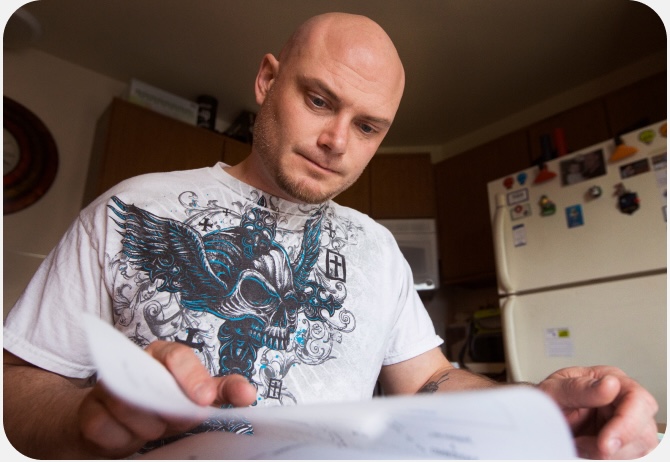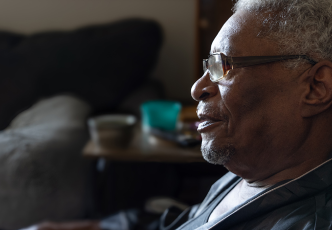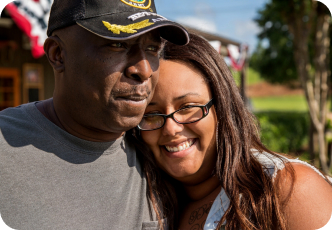PTSD Therapies
Only you and your therapist can decide which therapy or combination of therapy and medication is right for you. The 3 therapies on this page have been proven to help people with PTSD.
Prolonged Exposure (PE)
In PE, you work with your therapist to identify the thoughts, feelings, and situations that make you anxious or upset. Then you confront those thoughts, feelings, and situations over and over again — by talking about them, and by going out into the real world to experience them. It sounds scary, but facing things you’re afraid of in a safe way can help you learn that you don’t need to avoid reminders of the trauma.
During PE, you will:
- Learn about your symptoms and how therapy can help.
- Practice breathing exercises to help you relax and manage stress.
- Visit places and situations that you tend to avoid, so you can see they are safe, and learn to feel safe in them.
- Talk about the trauma over and over, to help you get more control of your thoughts and feelings.

SFC Frederick M. Gantt
US Army US Navy, 1988-2014
Cognitive Processing Therapy
After a trauma, it’s common to get "stuck" on negative thoughts — like thinking what happened is your fault or that the world is very dangerous. CPT shows you how to move forward by making sense of your thoughts about the trauma. Changing how you think can change how you feel.
During CPT, you will:
- Learn about your symptoms and how therapy can help.
- Talk about your thoughts and feelings about the trauma. Some therapists may also ask you to write about the trauma.
- Learn how to challenge your thoughts so you can think about your trauma in a way that’s less upsetting.
- Understand how trauma can change your beliefs about yourself and the world.

SPC Christopher J. Tyler
US Army, 1996-2004
Eye Movement Desensitization and Reprocessing (EMDR)
In EMDR, you work with your therapist to process your trauma and make sense of what happened. You’ll choose a specific memory from the trauma, and pay attention to it while focusing on a back and forth movement (like an object, a tone, or a tap). Over time, this helps you work through the memories so that thinking about the trauma isn’t as upsetting anymore.
During EMDR, you will:
- Learn about your symptoms and how therapy can help.
- Practice ways to relax and manage stress.
- Choose a memory from the trauma and identifying the negative thoughts, emotions, and feelings in your body that go with it.
- Pay attention to the memory while focusing on a back and forth movement — until you start to experience the memory in a way that’s less upsetting.
- Find a new, positive thought that comes up as you work through the memory.

Maj Rogelio "Roger" Rodriguez Jr.
US Navy US Air Force, 1987-2013
Browse more PTSD topics

PTSD Treatment Decision Aid
Learn more about different PTSD treatments and see which treatment might be a good fit for you.

Military Sexual Trauma (MST)
If you experienced sexual assault or harassment while serving in the military, PTSD treatment can help.

Moral Injury and PTSD
Traumatic events that violate deeply held beliefs can cause some Veterans to experience moral injury — but healing is possible.
